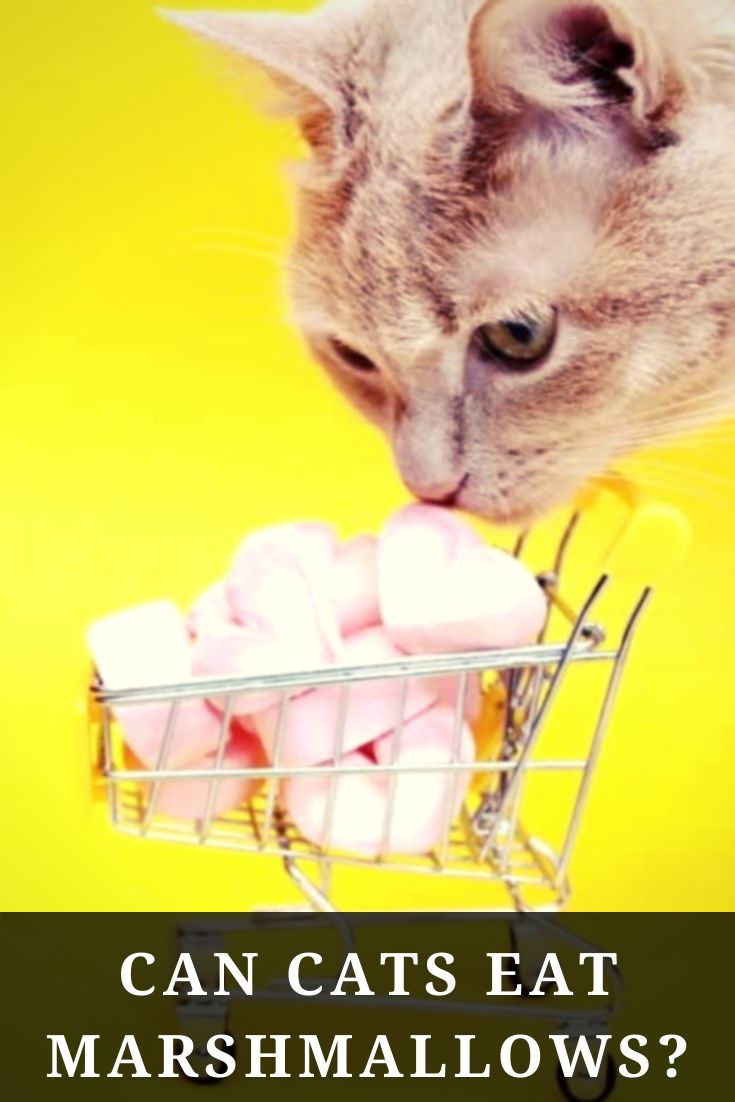It’s no secret that cats are curious creatures. Whether it’s a dangling string, a moving insect, or a soft, pillowy marshmallow left on the kitchen counter—cats are quick to investigate. But the real question pet parents often ask is: can cats eat marshmallows? And if they do, what does it mean for their health?
This article unpacks everything cat owners need to know—from potential dangers to behavioral quirks, and what to do if a feline sneaks a bite.
Can Cats Eat Marshmallows? Understanding the Risks
To put it simply—marshmallows are not safe for cats. While not toxic in the traditional sense, marshmallows contain a mix of ingredients that pose multiple health risks for felines. These sugary treats are designed for human enjoyment, not animal nutrition.
- High sugar content: Cats are obligate carnivores. Their bodies aren’t built to digest sugars and carbohydrates effectively.
- Choking hazard: The chewy, sticky texture of marshmallows can pose a choking risk, especially for small cats or kittens.
- Artificial additives: Many marshmallows include artificial flavors, colorings, and preservatives, which may irritate a cat’s digestive system.
- Xylitol warning: While rare in marshmallows, sugar-free versions may contain xylitol—a substance that is extremely toxic to pets.
Possible Digestive Issues
If a cat consumes even a small amount of marshmallow, they may experience symptoms like vomiting, diarrhea, bloating, or lack of appetite. These signs typically appear within a few hours and should be monitored closely. Persistent symptoms may require a vet visit.
Why Do Cats Try to Eat Marshmallows?
Even though marshmallows don’t have the umami flavor cats typically crave, some felines are still drawn to them. But why?
Several reasons might explain this odd behavior:
- Texture curiosity: Cats explore objects with their mouths. A marshmallow’s squishy texture might be intriguing.
- Human mimicry: Cats often mirror their humans’ behavior. If they see their owners enjoying something, they might want to try it too.
- Food smells: Marshmallows sometimes pick up traces of other foods from being stored in pantries or near meats, which could attract a cat’s nose.
Myth vs. Fact: Do Cats Actually Like Sweet Things?
Unlike humans, cats don’t have taste receptors for sweetness. That’s right—your furry friend can’t even taste sugar. So while humans might love the sweet fluffiness of marshmallows, cats are largely indifferent to the flavor itself.
What they do respond to is smell, texture, and novelty. That’s why your cat might paw at a marshmallow, lick it, or bat it around like a toy—but not necessarily eat it.
Is Your Cat an Adventurer or a Cautious Observer?
Understanding your cat’s personality plays a role in preventing mishaps. Some cats are bold and will nibble on anything within reach, while others are more reserved and unlikely to eat unfamiliar objects.
For adventurous cats, pet parents should be extra cautious with leaving any human snacks—including marshmallows—on counters or in open containers. Keeping toxic or dangerous food items out of reach is key to pet safety.
The Real Reason Cats Are Curious About Marshmallows
Beyond flavor, marshmallows are novel. Cats are naturally drawn to new textures and smells. A soft, fluffy item with a sticky surface might be mistaken for something fun—or worse, edible. This curiosity doesn’t necessarily mean the cat wants to consume it; they might just be investigating.
What to Do If Your Cat Eats a Marshmallow
If a cat has managed to sneak a bite of a marshmallow, there’s no need to panic—unless the marshmallow contains toxic ingredients like xylitol. Here’s what pet owners should do:
- Check the ingredients: Review the packaging to ensure there are no harmful additives.
- Observe your cat: Watch for signs of vomiting, lethargy, or choking.
- Offer water: Ensure your cat stays hydrated, especially if experiencing digestive discomfort.
- Call a vet: If symptoms persist or your cat seems distressed, a veterinarian should be consulted.
Healthier Alternatives to Marshmallows
Instead of marshmallows, treat your cat to snacks that are formulated for feline health. Consider:
- Freeze-dried chicken or salmon: High in protein and low in additives.
- Commercial cat treats: Designed with feline nutrition in mind.
- Cooked plain meats: Small pieces of unseasoned chicken or turkey are usually safe in moderation.
Tips to Prevent Accidental Ingestion
Prevention is the best policy when it comes to keeping cats safe from marshmallows and other unsuitable foods:
- Store marshmallows in sealed containers, well out of paw’s reach.
- Dispose of dropped marshmallows immediately to avoid scavenging.
- Never intentionally offer sweets or sugary snacks to your cat.
- Educate all household members about safe and unsafe foods for pets.
Supporting Your Cat’s Health and Curiosity
Felines are naturally curious, and as loving pet parents, it’s our job to keep them safe while satisfying that curiosity in healthy ways. Instead of sugary snacks, offer engaging toys, puzzle feeders, or quality time together. You can also enrich their environment with safe plants, climbing structures, and cozy spaces.
Explore More Resources
If you’re looking to understand more about feline behavior, nutrition, or kitten care, consider visiting Neonatal Kitten Rescue. Their mission to care for and educate others about vulnerable kittens is a valuable resource for any pet parent.
Conclusion: Can Cats Eat Marshmallows?
So, can cats eat marshmallows? Technically, yes—but they absolutely shouldn’t. Marshmallows offer no nutritional value and present multiple risks including choking, digestive upset, and exposure to potentially harmful ingredients. Always opt for feline-safe alternatives and prioritize education and prevention.
By being mindful and informed, pet parents can ensure their curious cats enjoy long, healthy lives—without marshmallows on the menu.
